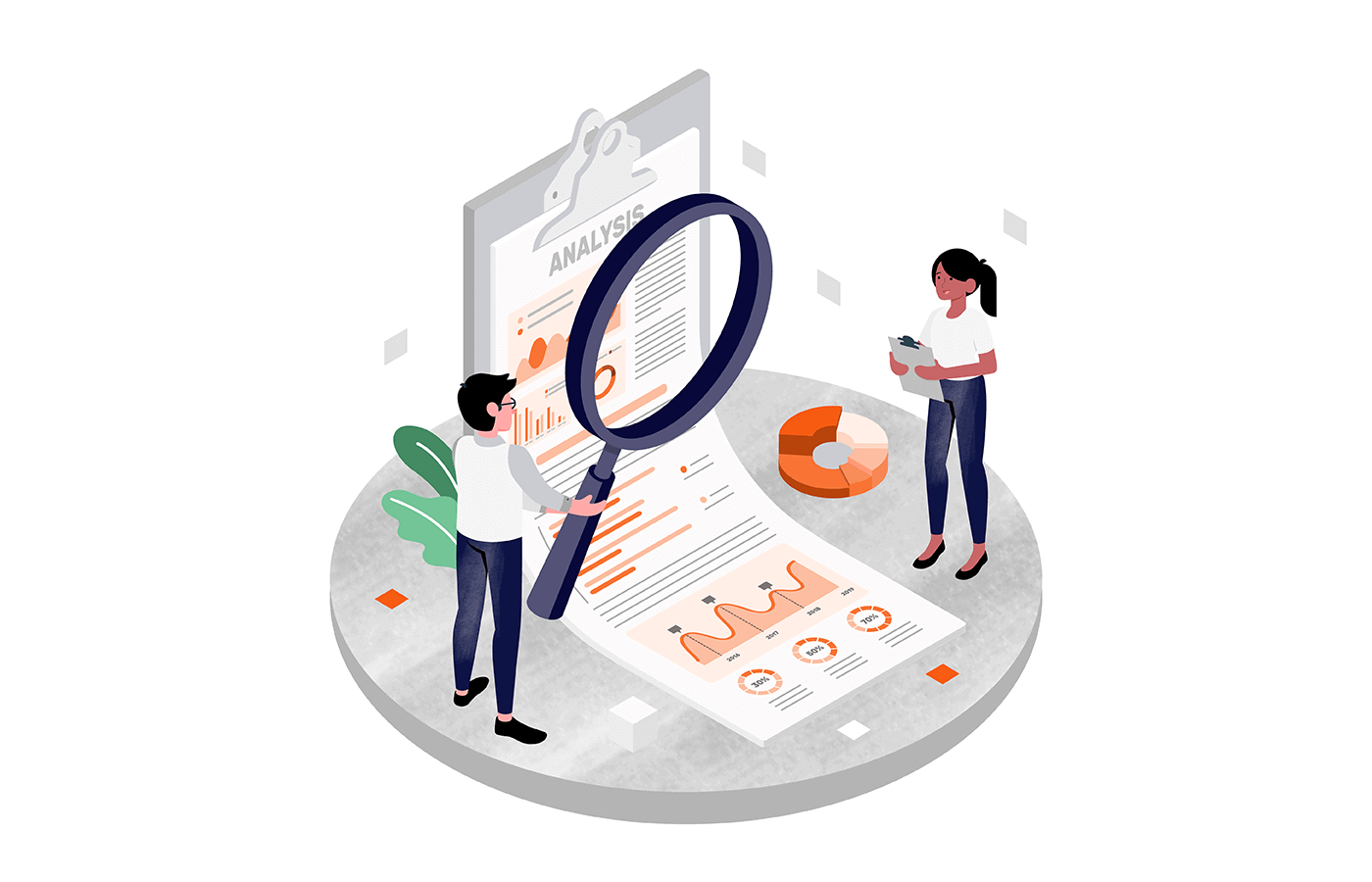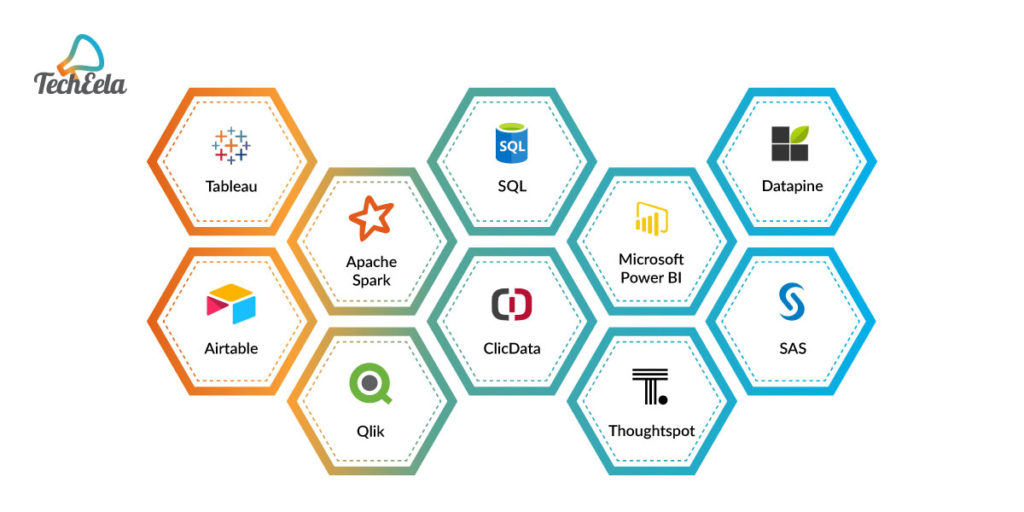Boost Effectiveness and Profitability Via Information Analytics
In today's data-driven landscape, businesses are increasingly acknowledging the essential role of information analytics in enhancing functional performance and success. By systematically assessing data, companies can reveal essential insights that educate strategic choices, streamline procedures, and tailor consumer experiences.
Recognizing Data Analytics
In today's data-driven landscape, recognizing data analytics is crucial for organizations intending to enhance operational performance and drive profitability. Information analytics involves the organized computational analysis of information sets to discover patterns, relationships, and insights that notify decision-making. By using various methods, such as analytical analysis, artificial intelligence, and predictive modeling, companies can transform raw data into actionable intelligence.
The process typically begins with data collection, where appropriate info is gathered from multiple sources, consisting of transactional data sources, client interactions, and market trends. This information is after that cleansed and arranged to make sure accuracy and uniformity. Once the information is prepared, analytical tools and software are utilized to envision the info and check out, enabling stakeholders to recognize fads and abnormalities.
Inevitably, comprehending information analytics equips companies to make educated choices based on empirical evidence instead of instinct. It assists in targeted strategies that can enhance resource allocation, improve consumer complete satisfaction, and enhance total efficiency. As services increasingly acknowledge the value of data-driven understandings, a solid understanding of data analytics comes to be a vital competency for groups and leaders alike, placing them for sustained success in an affordable environment.

Key Advantages for Organizations
Companies that utilize information analytics can unlock a plethora of advantages that considerably improve their procedures and profitability. One of the key advantages is improved decision-making. Information analytics provides workable insights obtained from real-time information, enabling services to make enlightened selections that align with market needs and consumer choices.

In addition, information analytics promotes enhanced consumer experiences. By comprehending client habits and preferences, services can tailor their offerings, leading to boosted complete satisfaction and loyalty. This customized strategy frequently leads to greater conversion prices and repeat organization.
Additionally, data analytics makes it possible for organizations to recognize emerging trends and possibilities. By staying in advance of the contour, companies can profit from new markets and technologies before their competitors.
Carrying Out Data-Driven Methods
Effective execution of data-driven approaches calls for a detailed understanding of both offered data and business objectives sources. Organizations needs to first define their goals clearly, making sure positioning in between information campaigns and strategic aims. This quality allows groups to concentrate on appropriate metrics and insights that drive decision-making.
Top quality data is necessary for precise analysis, as inadequate information can lead to misguided techniques and thrown away sources - Analytics. Organizations must establish processes for data collection, cleaning, and management to maintain information integrity.
In addition, cultivating a data-driven culture is critical. Staff members whatsoever degrees ought to be urged to leverage data in their day-to-day operations. Educating workshops and programs can improve data literacy, equipping personnel to make informed decisions based on logical understandings.
Devices and Technologies Summary
A robust suite of technologies and devices is vital for organizations intending to harness the full potential of data analytics. These tools assist in the collection, processing, and visualization of information, navigate here making it possible for companies to derive workable insights.
At the fundamental degree, data monitoring systems such as SQL databases and NoSQL systems give effective data storage space and access capacities. For information processing and evaluation, programming languages like Python and R, along with frameworks such as Apache Spark, make it possible for intricate calculations and artificial intelligence applications.
Visualization tools, consisting of Tableau and Power BI, transform raw information into user-friendly visual layouts, making understandings easily accessible to stakeholders in any way levels. In addition, cloud-based systems like Google Cloud and AWS provide scalable storage and handling remedies, accommodating the growing volumes of information companies encounter.
For innovative analytics, predictive modeling and AI-driven remedies are increasingly adopted, permitting firms to anticipate trends and improve decision-making procedures. Integrating these tools into existing operations is extremely important; organizations that successfully utilize this innovation can dramatically enhance functional effectiveness and drive earnings. Therefore, purchasing the right tools and technologies is a strategic important for any data-driven company.
Instance Studies of Success
Leveraging information analytics has led various organizations to accomplish exceptional enhancements in efficiency and productivity. One notable case is a huge retail chain that executed anticipating analytics to enhance stock administration. By analyzing historic sales information and consumer patterns, the firm lowered excess inventory by 30%, bring about significant cost financial savings and improved capital.
Another example can be discovered in the production industry, where a leading auto maker used data analytics to boost its manufacturing processes. By keeping an eye on device efficiency in real-time, the company identified bottlenecks and inadequacies, resulting in a 20% increase in total devices performance (OEE) This not only increased manufacturing rates yet additionally lessened downtime and upkeep costs.

These study show how data analytics can drive strategic decision-making, optimize processes, and ultimately enhance both performance and earnings throughout various industries.
Verdict
Finally, the combination of information analytics into organization operations offers considerable chances for boosting efficiency and productivity. By methodically assessing data, companies can recognize inefficiencies, enhance try this web-site client experiences, and make educated decisions. The fostering of predictive modeling and real-time monitoring better enables organizations to stay ahead of emerging patterns and designate resources successfully. Ultimately, the tactical implementation of data-driven methodologies promotes continual competitive benefits and drives considerable renovations in functional performance and monetary results.
In today's data-driven landscape, understanding information analytics is vital for organizations intending to improve functional performance and drive productivity. Information analytics entails the systematic computational analysis of data collections to reveal patterns, relationships, and understandings that notify decision-making. Information analytics supplies workable insights acquired from real-time data, enabling organizations to make enlightened choices that line up with market needs and consumer preferences.
High-grade information is vital for precise analysis, as inadequate data can lead to misdirected approaches and lost resources. Organizations should establish procedures for data collection, cleansing, and administration to maintain information integrity.